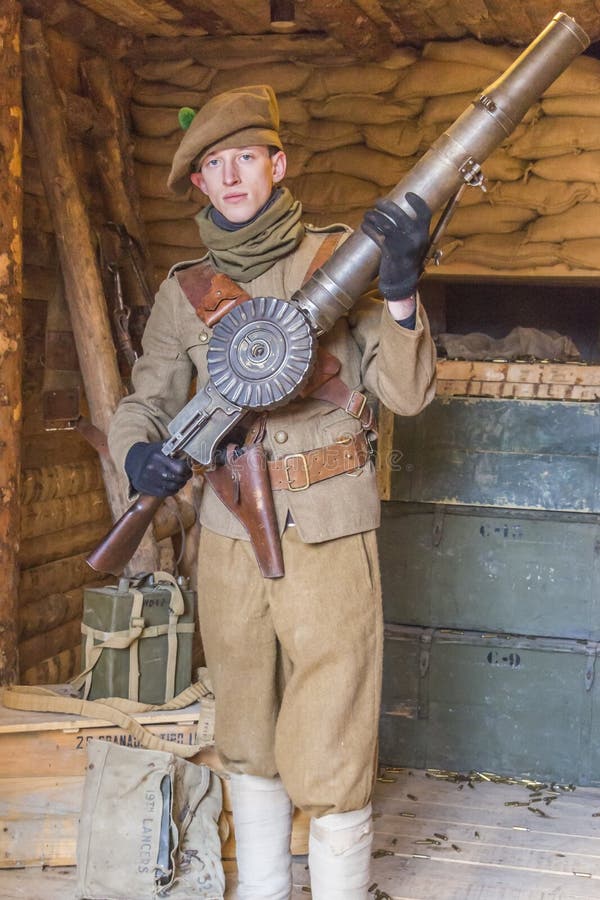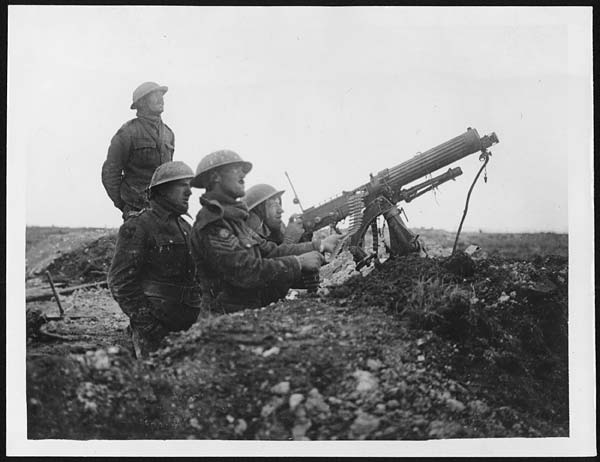
Not knowing any better, they launched mass attacks that achieved little except mass casualties. With urbanization and concentration of vast populations rapidly mobilized by industrialized social infrastructure, the generals had literally millions of men at their disposal. Mass man emerged in a terribly real sense during the First World War. But the newly industrialized armies were like an enormous machine constructed to consume vast numbers of men, as the newly established factory system drew vast numbers of men from the countryside into the city and consumed them in factories and machine works and workshops. There is a sense in which this is truly ludicrous: not every man is suitable to be a soldier not every man is fit for killing. Thus emerged the idea of every man a soldier. If all men were equal before the law, all men were equally obligated to fight for “their” country, for the masses now had a stake in the political outcome that they had never had in the pre-modern era. With industrialization, urbanization, and democratization, all men were asserted to be equal, and in some rare cases were actually treated as such. This division was effaced by the emergence of popular sovereignty as the sole form of political legitimacy after the American and French revolutions.
#Wwi color machine gun professional#
There was a nearly absolute social division between the mass of the population and professional soldiers. In the pre-modern and early modern world, war was a business for professional soldiers. One aspect of social technology and organization that made the First World War such a catastrophe was an ethos of industrialized society that found its expression in universal conscription and mobilization. The challenge posed by unconventional, asymmetrical, and guerrilla warfare, and the responses to these threats on the part of conventional military forces, represents yet a third attempt to converge upon a military doctrine adequate to contemporary hardware technology. Blitzkrieg represents the second attempt. The trench warfare and mass assaults on fixed positions of the First World War represents the first attempt to incorporate novel military technologies. The social technologies of war - what military thinkers call “doctrine,” as in “armor doctrine” - exhibit a similar pattern of groping for an effective way to utilize hardware technologies. In my Social Consensus in Industrialized Society I suggested that the Industrial Revolution forced society to change in response, and that the Western world had responded twice with social arrangements attempting to accommodate the changes forced by industrialization and was still groping toward a third paradigm of social organization following the collapse of the earlier attempts.

(I have written briefly of this in The Dialectic of Stalemate.) The exploitation of the social technology of modern war was to be felt with the onset of the Second World War and the use of Blitzkrieg. It transformed the technology of war with machine guns and barbed wire, and it took several decades for the social technology of war to fully exploit the hardware technologies of war. Industrialization came late to war as compared to other aspects of life in Western civilization. And we have all heard that these innovations in warfare favored the defense and thus resulted in the static trench warfare for which the First World War is notorious.

We all know that with the outbreak of the First World War, weapons and technology had changed while tactics had not yet caught up.

The tank was another transformative technology, but it had to wait for the Second World War for its successful exploitation.


 0 kommentar(er)
0 kommentar(er)
